With renewable energy as one of the fastest growing sectors of the economy, it makes sense to see so much effort put into innovation on the topic. There are interesting areas of opportunity wherever you look, but one that’s top of mind for us (and you know we are going to go there) is IoT.
The integration of the Internet of Things on renewable energy technologies is revolutionizing the way we monitor, collect data, maintain and simply interact with them.
In this article, we’ll see how IoT plays a transformative role in the evolution (or revolution) of renewable energy, and the dynamic synergy it maintains with the electronic components that make it happen.
Real-Time Monitoring and Data Collection
Thanks to IoT’s connected sensors and devices, renewable energy sources like solar panels and wind turbines can gather and deliver real time critical data such as:
- Performance metrics
- Environmental conditions
- Energy production levels
The instantaneous flow of data gives analysts a more comprehensive understanding of systems’ behavior, simplifying the process of identification and tackling of any anomalies and/or inefficiencies. By identifying these events early, operators can make informed decisions in time, putting them in a better position to optimize energy production and tackle any issues.
In the big picture, the ability to have real-time insight can translate to maximized efficiency and reliability in renewable energy systems.
Predictive Maintenance
IoT-enabled devices can not only identify events in real time, but thanks to data analytics, and developing technologies like AI and machine learning, they can predict potential issues and proactively direct maintenance in renewable energy systems.
By continuously monitoring critical components, such as wind turbines and solar arrays, sensors can detect any change in condition and performance that could be indicative of wear or potential failure. With this foresight, maintenance can be scheduled precisely, minimizing downtime and reducing overall costs.
In a nutshell, predictive maintenance not only extends the lifespan of renewable energy devices and infrastructure, but also enables a consistent and reliable energy production, making the renewable energy landscape more sustainable and viable.
NOTE: Here, there, and everywhere, AI is a very exciting topic. However, while we can imagine and infer some of its applications for the future, we must remember some important reserves. When it comes to energy; say grid management, power generation, etc., all innovations are heavily regulated by various government entities. With AI being a relatively untested tool, it may take a while (if ever) for it to really integrate into the systems of tomorrow.
Energy Optimization and Efficiency
Thanks to real-time data and analytics, IoT technologies can enable (if not take) intelligent decisions towards optimizing energy consumption and production.
Smart algorithms are fed continuous data from monitoring devices and help balance supply and demand dynamics. This way, renewable energy systems work hand in hand with energy storage systems to operate reliably under any circumstances and reduce wastage. This includes the facilitation of dynamic adjustments based on environmental conditions, energy demand patterns, and grid requirements, solidifying the renewable energy infrastructure landscape and paving the way for a greener future.
Grid Integration and Smart Energy Systems
IoT role in the integration of renewable energies is key, as it is the piece of the puzzle that enables communications and coordination.
This means, as we saw on the previous point, that thanks to IoT, smart energy systems can dynamically respond to supply-demand fluctuations and adapt accordingly. This makes integration possible as it ensures stability and reliability in the general grid (in addition to the efficiency optimization we saw earlier).
With a solid, reliable, and resilient renewable energy infrastructure that’s able to meet the ever-evolving needs of our power-dependent, interconnected world, we can integrate greener energies into the grid, reducing problems that were genuine concerns in the past.
Enhancing User Engagement and Control
Now the roles and benefits aren’t just limited to energy operators. Individual users can also actively participate in the interaction of IoT and renewable energy devices.
Let’s think of a smart home that is connected to a renewable energy source or grid. Through intuitive interfaces and connected devices at home, users can manage their energy usage in real-time, gaining insights into their consumption patterns and getting key information to take informed decisions to improve efficiency in their household.
Smart devices are doing this easier and easier by the day. We can now find everything from smart thermostats to energy efficient lighting systems connected and controlled remotely through IoT. These types of devices and solutions are promoting responsible energy consumption, reducing costs for users, and nurturing more sustainable practices that contribute to a greener, more energy-conscious society.
Through IoT, the renewable energy landscape becomes more solid and reliable, working like a connected brain that makes a greener future possible. Thanks to the synergy of these technologies, power providers can get better at providing greener alternatives, and users can be empowered to choose and consume energy responsibly, having solutions in the palm of their hands.
Our journey to energy innovation continues as is our commitment to keep you informed, engaged, and on the insider side of information. Stay up to date and contact our experts for all your renewable energy needs and projects.
We are your trusted partner.






